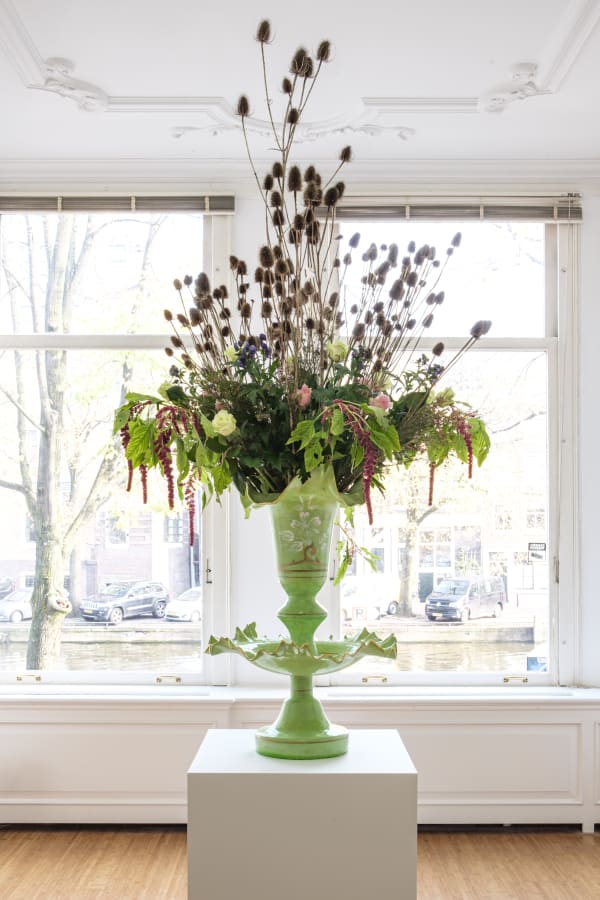-

A future unknown to me except as the whisper of a plea
17 Jul - 28 Aug 2021A group show with Simnikiwe Buhlungu, Anne-Lise Coste, Daniele Formica, Erin Johnson, and Maria Pask. Curated by Sergi Rusca. A future unknown to me except as the whisper of plea...Read more -

Maria Pask | Lord Lift Me Up
6 Nov - 19 Dec 2020Maria Pask | Lord Lift Me Up, Ellen de Bruijne PROJECTSRead more


